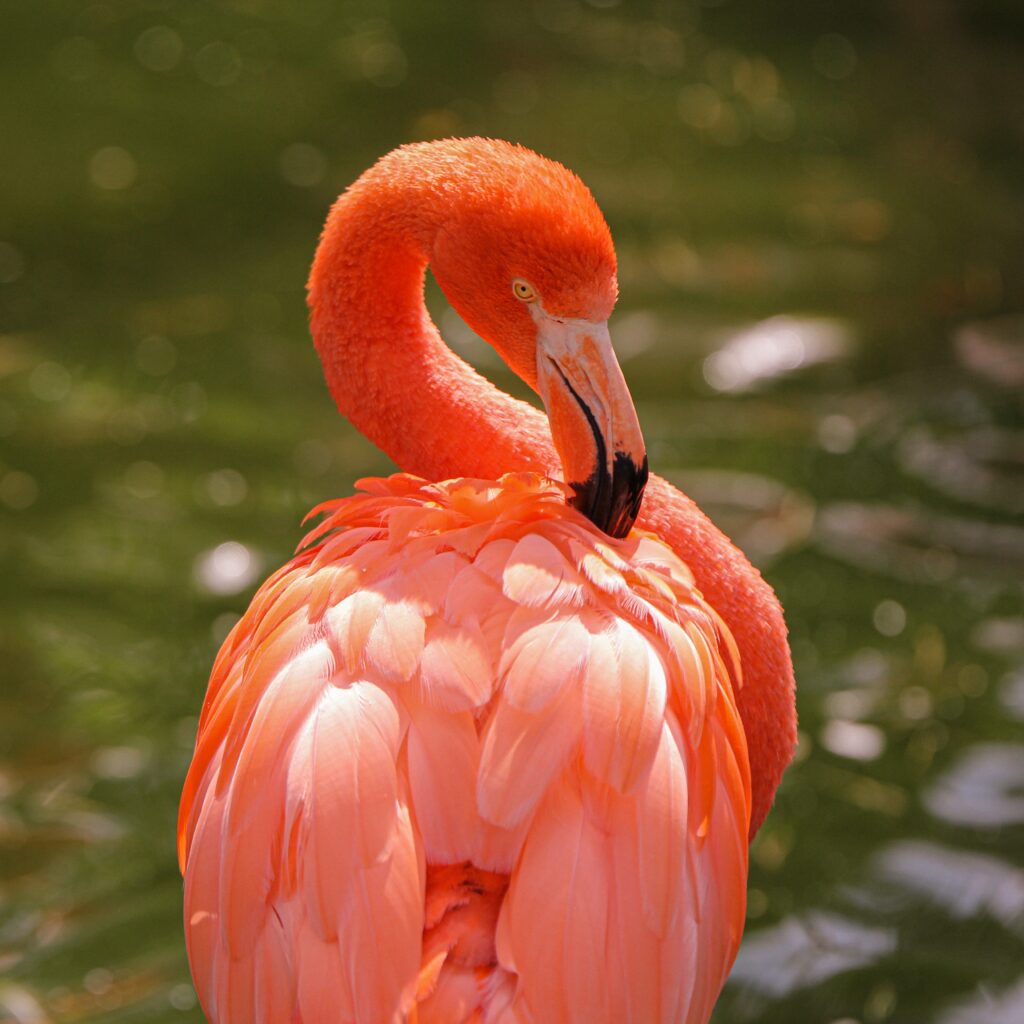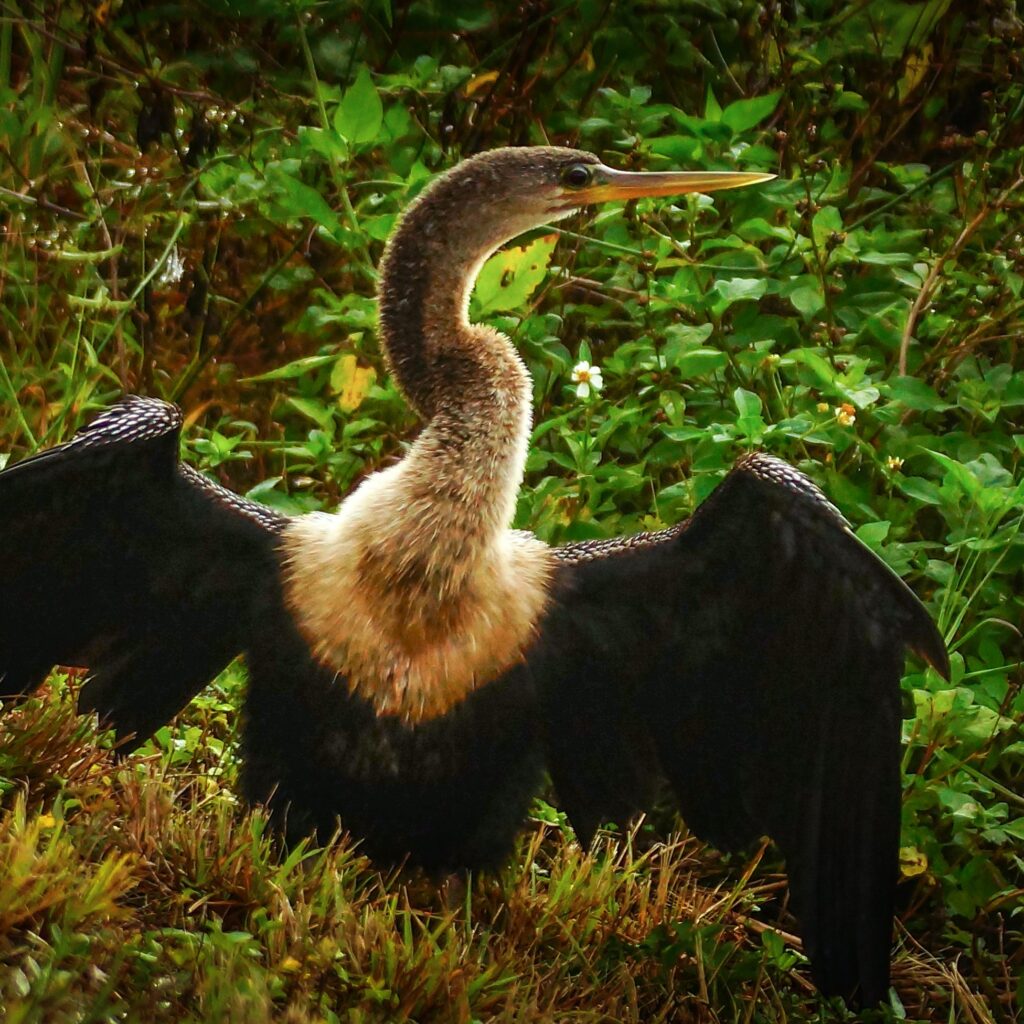Water Birds of Florida | Majestic Avian Species Found in the Sunshine State
Water Birds of Florida
Summary
In Florida, a variety of captivating water birds can be found, including the American White Pelican, Roseate Spoonbill, Wood Stork, Anhinga, Great Blue Heron, and Snowy Egret. These majestic creatures showcase their unique characteristics and behaviors in diverse habitats such as wetlands, lakes, and coastal areas. From the synchronized flying patterns of the American White Pelican to the striking pink plumage of the Roseate Spoonbill, each species offers a captivating spectacle for birdwatchers and nature enthusiasts alike.
Whether it’s the Wood Stork’s elaborate courtship rituals or the Anhinga’s exceptional swimming and diving abilities, Florida’s water birds never fail to impress. The Great Blue Heron’s skillful hunting techniques and the elegant stature of the Snowy Egret further contribute to the state’s rich avian biodiversity. Exploring these remarkable species in the Sunshine State promises a rewarding and awe-inspiring experience for all.
Introduction
Florida, renowned for its diverse and vibrant wildlife, is home to a myriad of fascinating bird species. Nestled amidst its lush wetlands, serene lakes, and coastal habitats, Florida attracts a remarkable array of water birds. These elegant creatures captivate both nature enthusiasts and birdwatchers alike with their graceful movements and vibrant plumage. In this article, we will explore six remarkable water birds that call Florida their home, delving into their unique characteristics, habitats, and behaviors.
American White Pelican
The American White Pelican is a magnificent sight to behold with its impressive wingspan and distinctive white plumage. These large birds can often be spotted in Florida’s freshwater and saltwater habitats, including lakes, estuaries, and coastal areas. Known for their synchronized flying patterns and communal feeding habits, these pelicans form tight-knit groups during their migratory journeys and breeding seasons. Their remarkable ability to glide gracefully over water surfaces as they forage for fish is truly a remarkable spectacle.

Roseate Spoonbill
With its striking pink feathers and distinctively spoon-shaped bill, the Roseate Spoonbill is a true icon of Florida’s wetlands. These beautiful birds can be found wading in shallow waters, delicately sweeping their bills from side to side to capture small fish, crustaceans, and insects. They are often spotted in coastal marshes, lagoons, and mangrove swamps. The Roseate Spoonbill’s unique appearance and feeding behaviors make it a beloved subject for photographers and bird enthusiasts.

Wood Stork
The Wood Stork, a large wading bird, boasts a distinctively bald head and long, sturdy bill. This species is mainly found in Florida’s freshwater and brackish wetlands, including swamps, marshes, and shallow lakes. Wood Storks are known for their striking visual displays during the breeding season, which involve elaborate courtship rituals and bill-clattering behaviors. These magnificent birds have a slow and deliberate hunting technique, patiently stalking their prey in shallow waters before swiftly striking and capturing fish, frogs, and other aquatic organisms.

Anhinga
The Anhinga, also known as the “snakebird,” is a remarkable water bird distinguished by its slender body, long neck, and sharp, pointed bill. Found in Florida’s freshwater habitats, including lakes, rivers, and swamps, the Anhinga is an exceptional swimmer and diver. After a successful underwater pursuit, it can be seen perched on branches or rocks, spreading its wings wide open to dry them in the sun. This behavior, known as “wing drying,” is unique to the Anhinga and often mesmerizes onlookers.

Great Blue Heron
The Great Blue Heron, a majestic and statuesque bird, is a common sight across Florida’s wetlands, marshes, and coastal areas. With its towering height, long legs, and dagger-like bill, this iconic heron is a masterful hunter. It patiently stalks its prey, which includes fish, frogs, and small mammals, before swiftly striking with remarkable precision. The Great Blue Heron’s distinctive silhouette and graceful movements make it a sought-after subject for nature photographers.

Snowy Egret
The Snowy Egret is a captivating water bird known for its radiant white plumage, elegant stature, and striking yellow feet. These birds are often found in Florida’s shallow estuaries, coastal lagoons, and tidal flats. Their feeding technique involves gracefully wading through water, delicately shuffling their feet to disturb small fish and crustaceans, which they swiftly snatch up with their sharp bills. The Snowy Egret’s captivating appearance and foraging behavior make it a beloved sight among birdwatchers and nature enthusiasts.

Conclusion
Florida’s water birds showcase the remarkable diversity and beauty of avian life found in the Sunshine State. From the majestic American White Pelican to the delicate Snowy Egret, each species possesses unique characteristics and adaptations that allow them to thrive in their respective habitats. Whether you are a dedicated birdwatcher or a casual nature lover, exploring the fascinating world of Florida’s water birds is an enriching experience that unveils the wonders of the natural world. So grab your binoculars, venture into the wetlands, and prepare to be awed by the magnificent water birds that grace the landscapes of Florida.
Frequently Asked Questions
What are water birds?
Water birds, also known as aquatic birds, are a diverse group of bird species that are specially adapted to live in or around bodies of water. They include various types of birds such as ducks, geese, swans, herons, egrets, pelicans, and more.
Why are water birds commonly found in Florida?
Florida offers a rich and diverse range of habitats that are ideal for water birds. With its extensive coastline, numerous wetlands, lakes, and marshes, Florida provides abundant food sources and suitable nesting grounds for these avian species.
How do water birds adapt to their aquatic environments?
Water birds possess specific adaptations that enable them to thrive in aquatic environments. These adaptations include waterproof feathers, webbed feet for swimming, long necks and bills for foraging in water, and specialized feeding techniques to capture fish, crustaceans, and other aquatic prey.
Are water birds migratory?
Many water bird species are migratory, meaning they travel long distances to breed, nest, or find food in different locations depending on the season. Florida serves as a critical stopover or wintering ground for numerous migratory water bird species, attracting them in large numbers.
What threats do water birds face in Florida?
Water birds in Florida face various threats, including habitat loss due to urbanization, pollution of water bodies, human disturbance, climate change, and predation by invasive species. Conservation efforts, such as wetland preservation and habitat restoration, are crucial for ensuring the survival of these bird species.
Where can I observe water birds in Florida?
Florida offers numerous locations where you can observe water birds. Popular spots include the Everglades National Park, Merritt Island National Wildlife Refuge, J.N. “Ding” Darling National Wildlife Refuge, and various state parks and wildlife management areas with wetland habitats.
Are there any endangered water bird species in Florida?
Yes, some water bird species in Florida are classified as endangered or threatened. Examples include the Wood Stork, Reddish Egret, and Florida Grasshopper Sparrow. Conservation efforts are underway to protect these species and their habitats.
Can I feed water birds in Florida?
Feeding water birds in Florida is generally discouraged, as it can disrupt their natural feeding behaviors and lead to dependency on human-provided food. Additionally, inappropriate food items can harm their health. It is best to appreciate and observe water birds from a distance without interfering with their natural behaviors.
Are there guided birdwatching tours available in Florida?
Yes, there are several guided birdwatching tours available in Florida, especially in popular birding areas. These tours are led by experienced guides who can help you spot and identify different water bird species while providing valuable insights into their behaviors and habitats.
What can I do to support the conservation of water birds in Florida?
You can contribute to the conservation of water birds in Florida by supporting organizations involved in habitat restoration and protection, participating in citizen science projects, promoting responsible birdwatching practices, and advocating for policies that prioritize the conservation of wetlands and coastal habitats.








It’s nearly impossible to find experienced people in this
particular topic, but you sound like you know what you’re talking about!
Thanks
A motivating discussion is definitely worth
comment. I do think that you should write more about this topic, it might
not be a taboo matter but usually people don’t talk about these topics.
To the next! Best wishes!!
Greate article. Keep writing such kind of information on your page.
Im really impressed by it.
Hi there, You’ve performed a fantastic job. I’ll certainly digg it and for my
part suggest to my friends. I am sure they will be benefited from this website.
Superb, what a web site it is! This webpage gives helpful information to us,
keep it up.